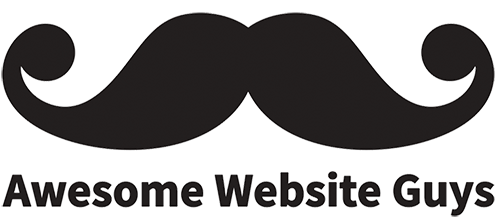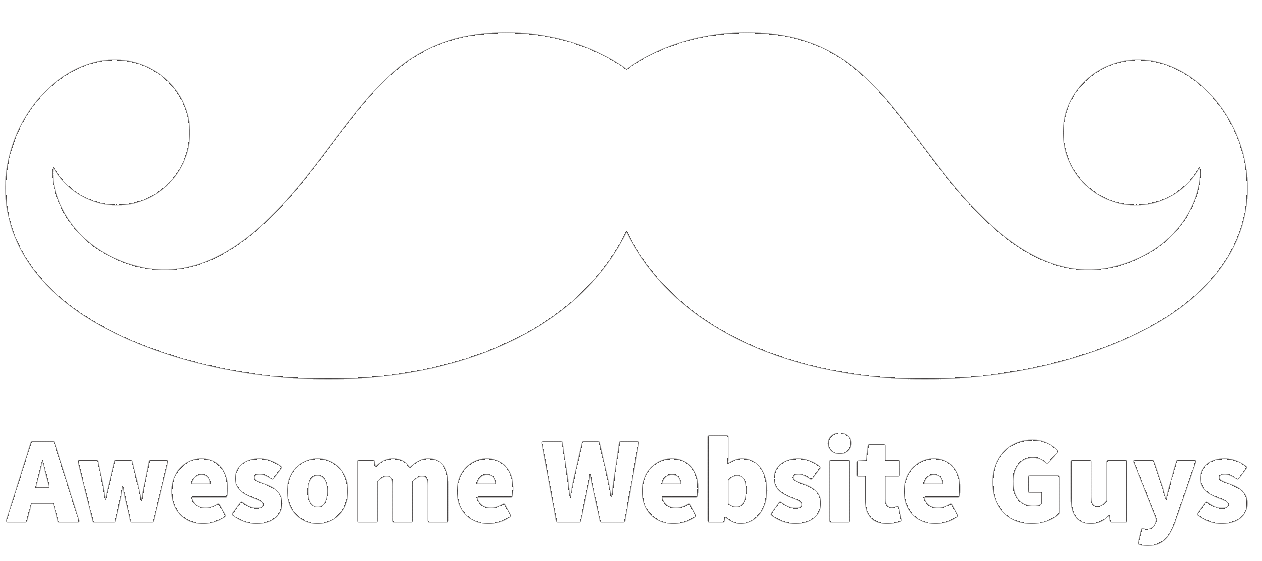When it comes to search engine optimization (SEO), you have likely heard of internal and external links before. These links both play a key role in helping search engines and users discover your website. An external link or backlink refers to a link from a different site that points to your site, while an internal link is a link that links from one webpage of your site to another page. If you want to learn more about internal links, keep reading.
What Is an Internal Link?
An internal link refers to a link from one web page of your website to another page. A common example of internal linking is adding a link to your homepage from a recent blog post. You can add internal links to anywhere on your website, including your navigation menu, images, call-to-action buttons, banner ads, and much more.
How Internal Links Help Build Organic Site Traffic
Your site structure is defined by how you link all of your pages of your site. Search engine bots known as crawlers use your internal links to find and index your site’s content. If your site’s pages are not easy to locate, it will be difficult for search engines to index your pages. In turn, this means your site’s content will not show up in SERPs (search engine results pages).
Aside from search engines, internal links also help encourage site visitors to explore your website. By adding internal links on your web pages, your visitors will hopefully click on some internal links. This will boost key metrics that search engines use to determine how useful and relevant your page is for people. By receiving more page views and lower bounce rates, this will have a positive impact on your site’s SEO rankings.
What Are Some Tips for Adding Internal Links to Your Site?
1. Add Internal Links to Every Page
Nothing is worse than a dead-end web page. It’s important to include internal links to every page of your site. This will encourage people to stay and explore your site, as well as help search engine bots crawl your pages. You can use online SEO resources that give you an overview of how many dead-end pages are on your site and how you can improve your site’s technical SEO.
2. Ensure Your Pages Can Be Reached in Less Than 5 Clicks
While internal links are important, it’s recommended that users should be able to reach your page in less than 5 clicks. This begins from the user’s starting point, such as the homepage and ends with the destination. By following this tip, your users will be less frustrated as they can quickly get to their destination page. If users have to click through a dozen links just to find a page about your services, they will likely leave your website for a website with better UX.
3. Ensure Crawlable Pages Can Be Crawled
When you create new posts and pages, you will likely want some or all of this content to show up in search engines. To do this, check your robots.txt file to see if your site is crawling the pages that you want to be indexed. If any of this content is enabled to ignore a particular page, this tells search engines to not crawl the page. Thus, the page will not show up in search results. A common example would be a blog, which you would likely want all of your blog posts to show up in search engines.
4. Use a Site Map
If you are using a SEO plugin, you can easily create a site map and link it to your robots.txt file. This key file will help search engines find pages on your website through these internal links to all the pages and posts of your site.
5. Regularly Check for Broken Links
On a regular basis, it’s important to check your site for broken links. Broken links prevent search engine bots from crawling and indexing your web pages. If you have a large site with dozens of pages, it may be helpful to use a SEO plugin to automatically search and notify you of any broken links. Additionally, your site visitors will not appreciate discovering broken links on your website. This makes a website appear unprofessional and outdated, which can drive away potential customers.
6. Use Relevant Anchor Text
As you create your internal links, it’s a good idea to use relevant anchor text for each web page. When users visit your site, they will be more likely to check out your internal links if they are relevant. For example, use anchor text like “Greensboro web design” instead of “click here.” See how the first is more specific – it tells users what the link is about and even gives a specific location. Search engines will find it easier to understand your page’s content if the links make sense with the content on your web page.
We hope this article helped you learn something new about internal linking, which is a key SEO term to know and use for your website. While there is no set number of internal links you should have for each page of your site, it is important to include useful links for your site visitors. This will help improve the overall site experience and boost your page rankings on search engines. If you are interested in learning more about our search engine optimization services, contact Awesome Website Guys today.
Valerie Hare
Valerie is a Content Strategist at Awesome Website Guys. She has a background in web development and writing. When not working, she enjoys going to the beach, walking her dog, and chilling with her family.

